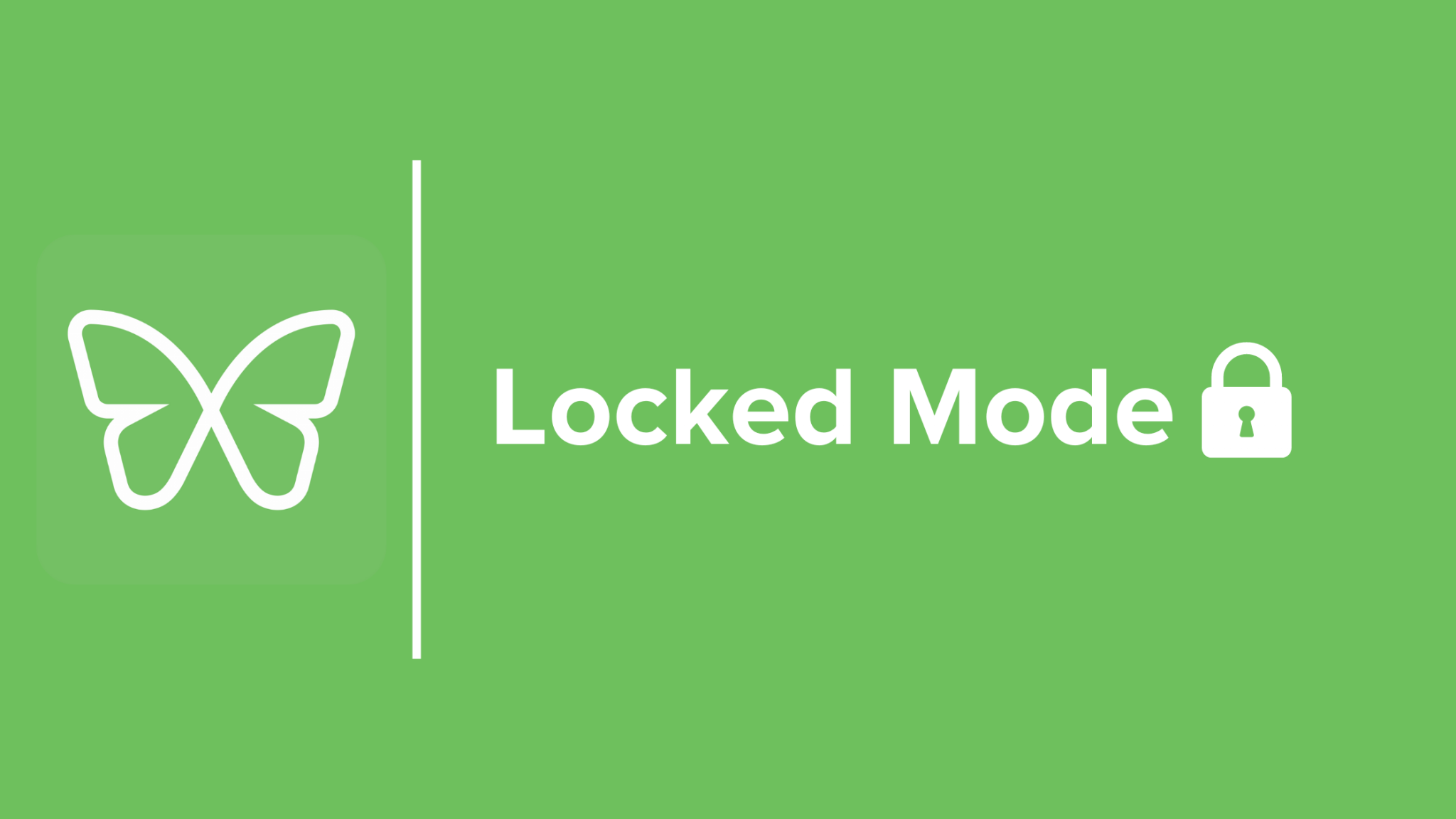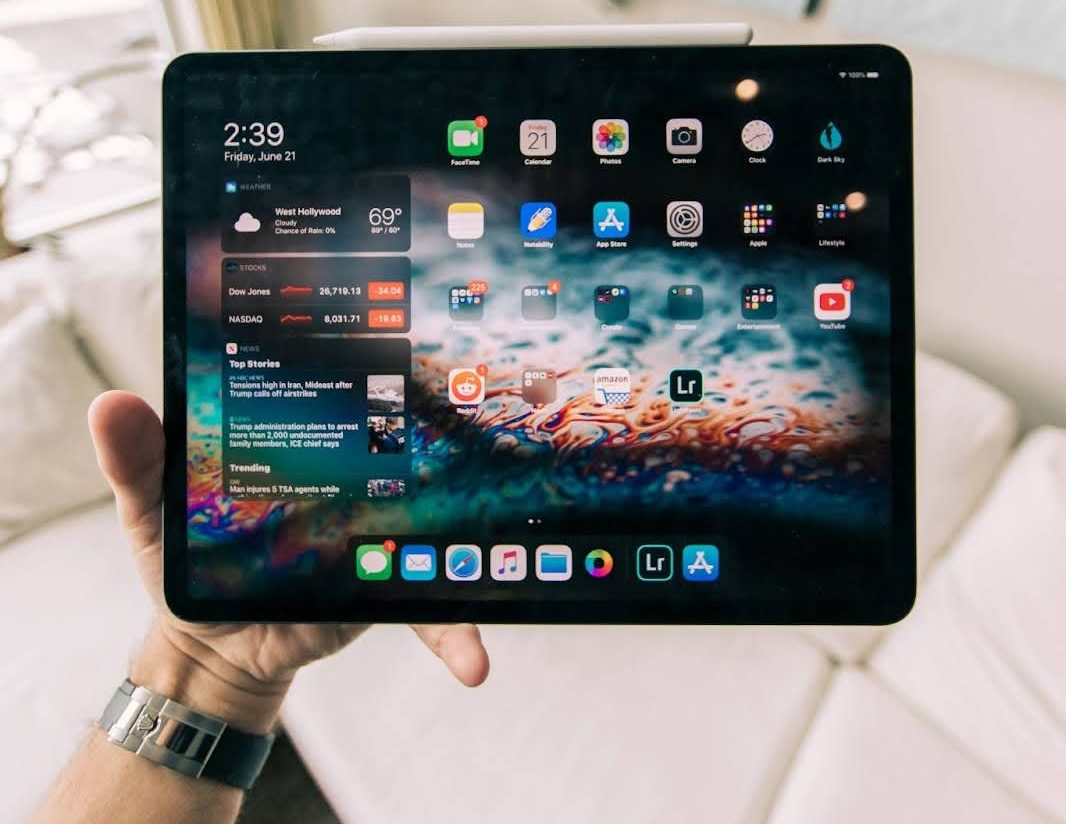Generative AI: How to Use It To Be Productive…But Not Lose Your Soul (Part 3)

(This is the third and last article in a 3-part series. Read the first and second posts here and here.)
We’ve covered much ground by now.
From exploring the developments of generative AI to its impact on our creative muscles as knowledge workers, we’ve discussed the benefits and possible negative implications of automated imagination and creation, and touched on tips on working with AI without losing that human touch.
In this piece, we’d take a closer look at a handful of case studies on generative AI in music, art, and writing; discuss the ethical considerations of using AI in our creative work; and finally, how we as creators could best introduce generative AI as a partner in creation instead of a rival.
Case Studies: The Use of Generative AI in Creative Industries
Music: AI Composers
Fed by massive amounts of musical data, deep-learning machines deconstruct every piece of music into its core elements—pitch, tempo, timbre, rhythm, etc.—and understand melody structure, musical styles, and emotional nuances. Multiple AI platforms serve musicians throughout the creative process, offering material, organization, sound-testing, website design, and even music distribution.
Let’s take a look at just two AI-driven music-creating platforms:
- AIVA: Created by classical musicians in Luxembourg in February 2016, Artificial Intelligence Virtual Artist (AIVA) now leads the emerging field of AI music composition. AIVA composes classical music, a feat considered uniquely human for its artistry, emotion, and depth. The system constantly self-improves, aided by its deep-learning algorithms, trained by composers such as Bach and Beethoven. The diversity of its scores almost match the creativity of a human being. After composition, its scores are performed—by real people—in recording studios, and then used in film scores, advertisements, and gaming studios. The first AI to officially acquire the status of “composer,” AIVA is registered under the France and Luxembourg Author’s Right Society with copyrighted works.
- Sony’s Flow Machines: This AI-assisted music production software aims to expand and empower the creativity of musicians and composers, leading to new musical frontiers where artists and AI combine forces to create new and exciting music, expand creative capabilities. Sony presents its AI service not as a music composer, but as a collaboration partner for human composers, one that understands a wide spectrum of genre styles and techniques, and can offer suggestions of which melodies, chords, and bass lines to integrate into a particular work.
Recent news: A controversial song that uses artificial intelligence to clone the voices of Drake and The Weeknd has been removed from several streaming services due to copyright violations. Heart On My Sleeve garnered swift criticism from publishers Universal Music Group, which represents both artists. The song, which simulated Drake and The Weeknd trading verses about pop star and actress Selena Gomez, was reportedly created by software trained on the musicians’ voices. AI experts have called the case a “double-edged sword”, with some suggesting that the issue of ‘deepfaked’ voices not protected under UK copyright law could become a problem for performers.
Art: Award-winning AI photography?
Image-generating AI software that take text-based prompts from human artists and produce life-like pictures of animals, humans, and landscapes are emerging, with ever-improving accuracy and quality.
Keep an eye on these three (or four) image-generating AI models:
- A text-to-image model that can generate lifelike images from any text input, Stable Diffusion enables people around the world to quickly make impactful art. The Stable Diffusion dataset is the 2b English language label subset of LAION 5b — a general crawl of the internet. All images created with Stable Diffusion Online are open source, licensed under the CC0 1.0 Universal Public Domain Dedication.
- DALL·E is a 12-billion parameter version of GPT-3 trained to generate images based on text descriptions. It combines unrelated elements, renders text, and transforms existing images. GPT-3 demonstrated language can be used to direct a large neural network with various text generation tasks. Image GPT showed this same network can also create images with great fidelity, proving that language control of visual concepts is now achievable. DALL·E combines language and image data in 1280 tokens and uses maximum likelihood to generate them. DALL·E can generate plausible images for a variety of sentences, control attributes of an object, and create multiple copies of an image from one prompt. For improved realism and accuracy, DALL·E 2 generates images with 4x higher resolution.
- Midjourney, a web-based AI art generator that lets you create synthetic art using a variety of parameters, stands between DALL·E 2 and Craiyon, formerly DALL·E mini. (For you tech geeks out there, check out DALL·E Mini’s Model Card for all the technical details on how this AI models). Midjourney uses deep learning algorithms to analyze and deconstruct thousands of images, and then recomposes them into entirely new images that are completely unique. Simply type /imagine and follow it with a prompt; certain words aren’t allowed, but it’s mostly fair game!
Recent news: German artist Boris Eldagsen recently won the creative open category of the Sony World Photography Award for his entry, Pseudomnesia: The Electrician. However, Eldagsen later admitted that his work was created using AI and subsequently refused to accept the award. Instead, he explained that he used the image to test the competition and to spark a conversation about the future of photography. Eldagsen thanked the judges for selecting his work, but questioned if any of them knew that it was AI-generated.
Writing: “Generate the next 50 words”
This section hits a somewhat painful spot for me as a writer, though the possibilities and potential for generative AI in the area of text and writing is quite exciting and powerful.
We have neuroscientist Erik Hoel admitting that the fiction GPT-3 could write isn’t that much worse than the words from his own mind. There are Google’s “poems”, novelist Leanne Leeds using GPT-3-powered SudoWrite to craft her next work, and—of course, we can’t forget—the first-ever AI-written novel 1 the Road, a microphone, a GPS, and a camera hooked up to a laptop all narrating their own cross-country road trip.
- A case-in-point: Booksby.ai is an online bookstore powered by artificial intelligence, selling science fiction novels generated from machine learning. The AI has been trained on a vast range of science fiction books, and is able to mimic their language, style, and visual appearance. All content for books on Booksby.ai – stories, titles, descriptions, book covers, and reviews – has been created by machines, and these paperbacks can be ordered on Amazon.com. Training data from Amazon.com and Project Gutenberg were used to generate stories, titles, descriptions, and reviews, created with char-rnn-tensorflow. Covers were made using Progressive Growing of GANs and OpenLibrary images, while people reviewing the books (also AI “beings”!) were created using Transparent Latent GANs. Booksby.ai was made by Andreas Refsgaard and Mikkel Thybo Loose.
The use of AI has been debated in relation to a range of fields, from medicine to finance and now, art. While some argue that it can bring about innovative and groundbreaking results, others fear that it could lead to a loss of creativity and human touch in creative industries.
Regardless, it is clear that AI is becoming more and more integrated into our daily lives, and it will be interesting to see how it continues to shape our world. Will AI one day take over the creative industries, or will it simply be another tool in the artist’s kit? Only time will tell.
The Promise of Generative AI in Creative Industries
With the advent of generative AI, the creative industries have witnessed a major transformation in the way they approach their work. From generating music and art to writing novels and creating films, AI has the potential to add a new dimension to the creative process.
However, there is a concern that relying too heavily on AI could lead to a lack of emotional depth and human connection in art. To avoid this, creators must use AI as a tool to enhance their own creativity rather than replace it completely.
By incorporating AI in a thoughtful and intentional way, artists can explore new avenues of expression and create work that is both innovative and emotionally resonant.
The need for balance
When using AI, it is important to strike the right balance. The technology has the power to streamline workflows and automate certain tasks, freeing up time for artists to focus on more meaningful aspects of their work. However, remember that AI should not be used as a replacement for human creativity and emotional intelligence. Instead, it should be integrated into the creative process in a way that complements and amplifies those qualities.
A new era of creativity
With more tools at their disposal than ever before, artists have the potential to push boundaries and explore new frontiers of creativity. By embracing these technologies while also staying true to the human element of their craft, creatives can produce works that are both innovative and emotionally impactful.
As we continue to develop AI, it’s up to us as a society to use this technology in a way that elevates art and enriches our lives. The future of creativity is bright, but it’s up to us to ensure that it prioritizes both innovation and humanity. We must be careful not to prioritize technological innovation over emotional depth and human connection.
Thoughtful integration of AI into the creative process may unlock new levels of expression and push the boundaries of what’s possible.
Ethical Considerations of Generative AI
Generative AI has been achieving remarkable results in a variety of fields. However, as we continue to develop these AI systems, we must also consider the ethical implications that may arise, including data privacy, human oversight, and algorithmic bias.
Data Privacy
There’s a legitimate concern that these systems may collect and process personal data without the user’s knowledge or consent. Additionally, the risk of data breaches could lead to the exposure of sensitive information. To mitigate these risks, developers must prioritize data privacy in the design and implementation of generative AI systems. This may involve using encryption and other security measures to protect user data, as well as being transparent about the data that is being collected and how it is being used.
Human Oversight
While AI systems can produce impressive and innovative results, they are not without their flaws. To prevent bias and misinformation in generated content, developers must be intentional about the data they use to train their systems and actively work to mitigate any biases that may arise. To add to this, human oversight is essential to ensure that AI systems are not making decisions that could harm individuals or groups.
Algorithmic Bias
As machines without an inherent understanding of right and wrong, AI systems are only as unbiased as the data they are trained on. If the data contains biases, then the AI system will also be biased.
As such, there is potential for generative AI to perpetuate existing biases and inequalities in creative work. This can be particularly worrisome in fields where creative work plays a significant role in shaping societal narratives and cultural norms. The challenge is to ensure that AI is used in ways that promote inclusion and diversity rather than reinforcing existing biases.
What does it mean to use generative AI responsibly?
Using generative AI responsibly means ensuring that it does not cause harm, bias or unethical behavior. This may involve monitoring data inputs, testing outputs, and ensuring that the model is designed to protect against unintended consequences. Responsible use also means taking into account how the technology may impact wider society and creating guidelines for usage.
Guidelines for the Responsible Use of Generative AI in Creative Industries:
- Perform regular audits to detect and mitigate any potential biases in the data or algorithms.
- Ensure that any generated content is not deceptive or misleading.
- Engage with stakeholders, including the public and affected individuals, to identify and address concerns.
- Train users on the appropriate use of generative AI and ethics surrounding it.
- Develop and adhere to voluntary standards and best practices regarding generative AI.
- Continuously evaluate and improve the model for quality, fairness, and ethical considerations.
Overall, it is important to recognize that while generative AI can lead to significant innovation and advancements in the creative industries, it must be done so responsibly and with consideration for the potential impacts on individuals and society as a whole.
Mitigating Harm and bias in Generative AI
Generative AI has been praised for its ability to automate and streamline creative work. However, it has also been criticized for the negative impact it can have on marginalized communities. Let’s explore strategies for mitigating the negative impact of generative AI on these communities:
- Involving Marginalized Communities in the Development Process: This could involve hiring diverse teams of developers or working closely with community groups to gather feedback and input.
- Establishing Clear Ethical Guidelines: This may mean creating codes of conduct or developing specific policies that address concerns related to bias, discrimination, or privacy.
- Monitoring and Auditing: This may help identify any negative impacts on marginalized communities and allow for prompt corrective action.
- Education and Awareness: Providing training for developers and users on the ethical use of AI, as well as raising awareness among the general public about the potential harms of generative AI and the importance of responsible use, are just a few ideas of how to improve education and awareness around flaws in current AI models.
By implementing these strategies, we ensure that generative AI is used in inclusive and equitable ways for all communities. As the use of AI continues to grow in creative work, we must prioritize the well-being and rights of all individuals and communities.
Generative AI and Human Creativity: It’s Not Black-and-White

Generative AI has the potential to revolutionize many industries as it can create new and unique ideas, generate prototypes, and produce quality content at top speed. However, potential drawbacks such as the risk of job displacement and a decrease in originality do exist. There are also ethical concerns regarding AI in decision-making, lack of transparency, and bias. Additionally, while Generative AI has many benefits, it is important to understand its limitations and potential for producing flawed or incomplete output.
AI as a partner and tool, not a rival
- As a tool for inspiration: AI can be used to generate new and unexpected ideas that can inspire creativity. For example, a musician may use a generative AI model to generate new melodies that they can build upon.
- As a tool for augmentation: Generative AI can also be used to enhance existing artistic creations. An artist might use a generative AI model to create new variations on a painting they’ve created, leading to new insights and ideas that the artist can incorporate into their future work.
- As a tool for collaboration: “Creative” AI models may also collaborate with human creators in the creative process. An author may use a generative AI model to generate ideas for a story, then build upon them to create a more complex narrative, breaking through creative blocks and opening up themselves to new possibilities.
- As a tool for personalization: Generative AI can be used to create highly personalized experiences for consumers. For example, a fashion company may create unique clothing designs based on a customer’s preferences and body measurements with a generative AI model.
- As a tool for accessibility: AI can be used to create accessible content for people with disabilities, such as generating image descriptions for visually impaired users.
- As a tool for automation: Generative AI can automate certain tasks in the creative process, freeing up time and resources. As an example, a video editor may use AI to generate automatic subtitles for their videos, rather than manually typing them out, for example.
- As a tool for experimentation: Creators may use generative AI to experiment with new ideas and concepts without committing to a final product. For example, a game developer could use a generative AI model to prototype new gameplay mechanics and test them before implementing them in a full game.
- As a tool for entertainment: New forms of unique and engaging entertainment may be created with generative AI. A filmmaker could, for example, use a generative AI model to create a personalized movie experience for each viewer based on their preferences and viewing history, creating a more immersive and satisfying movie-watching experience.
The Future Years: Generative AI and You
Generative AI has the potential to revolutionize the creative process and enhance human creativity—or replace it. As human knowledge workers, creatives, and artists, it’s up to us to choose how, what, and why we’d use AI in collaboration with our own creative efforts. As the technology continues to develop, we can expect to see even more exciting and innovative use cases emerge.


